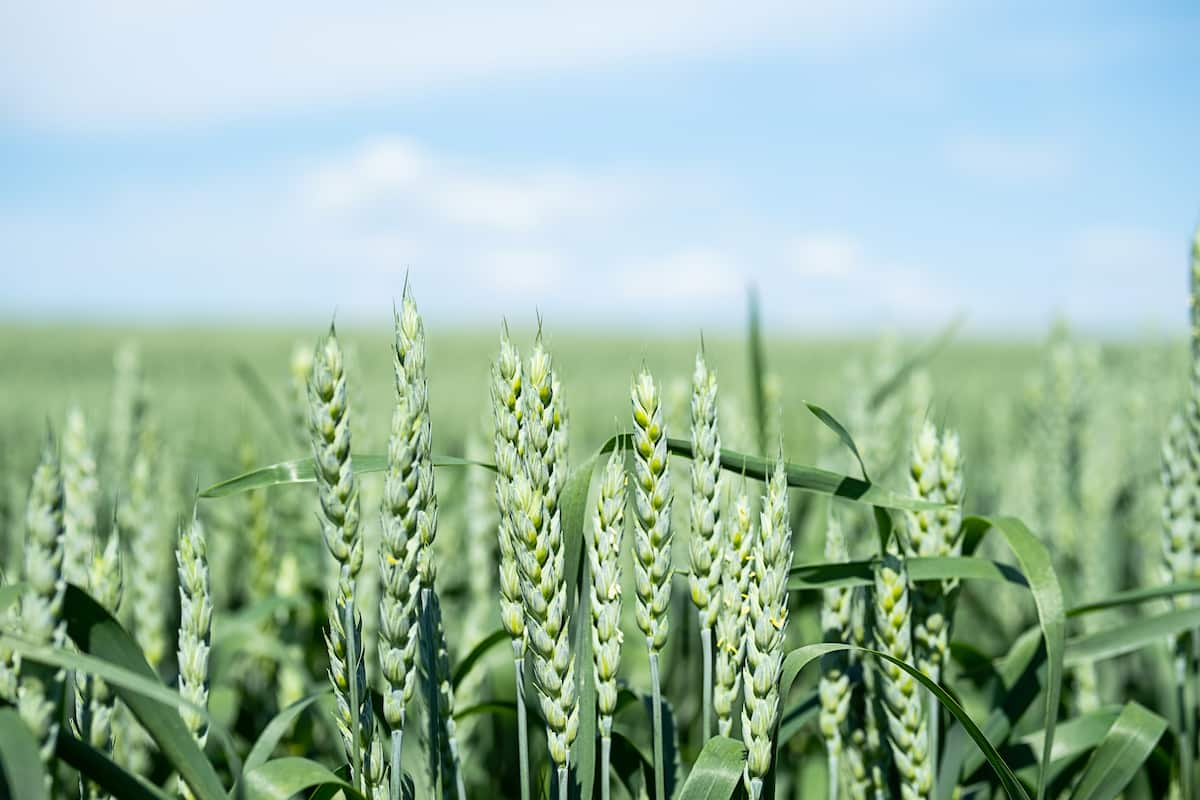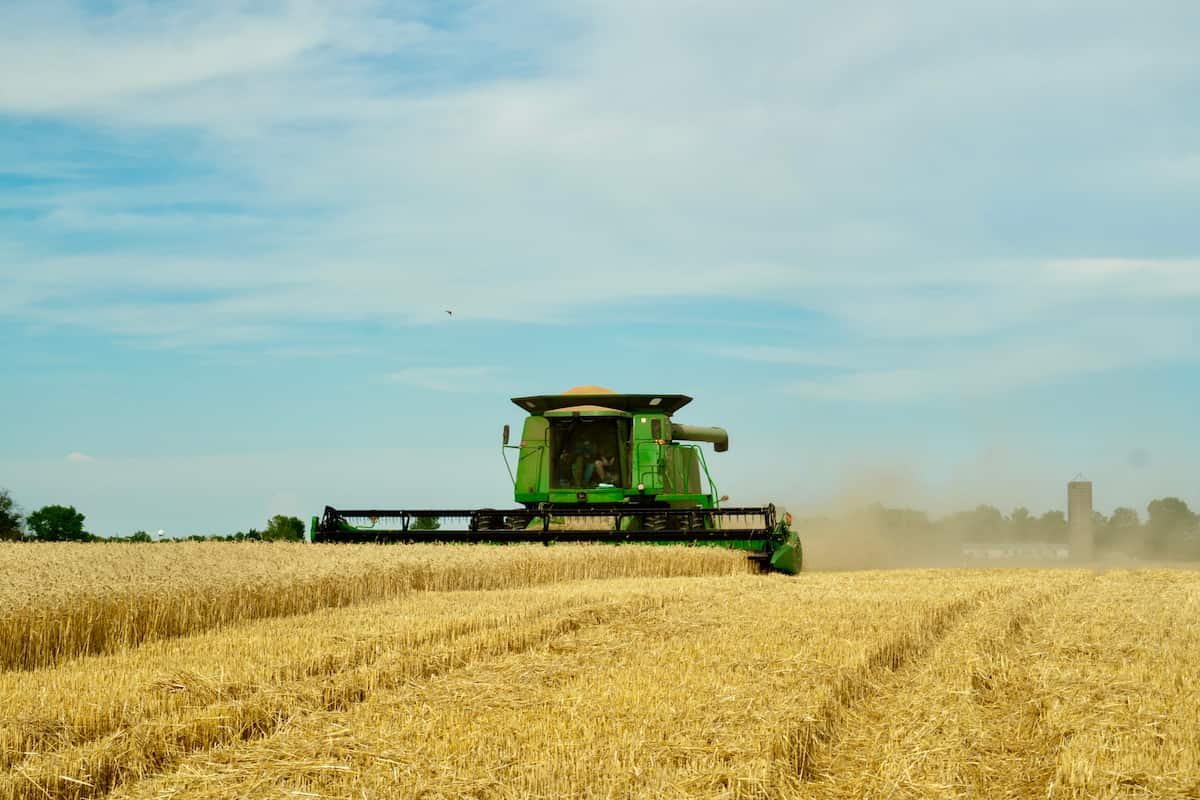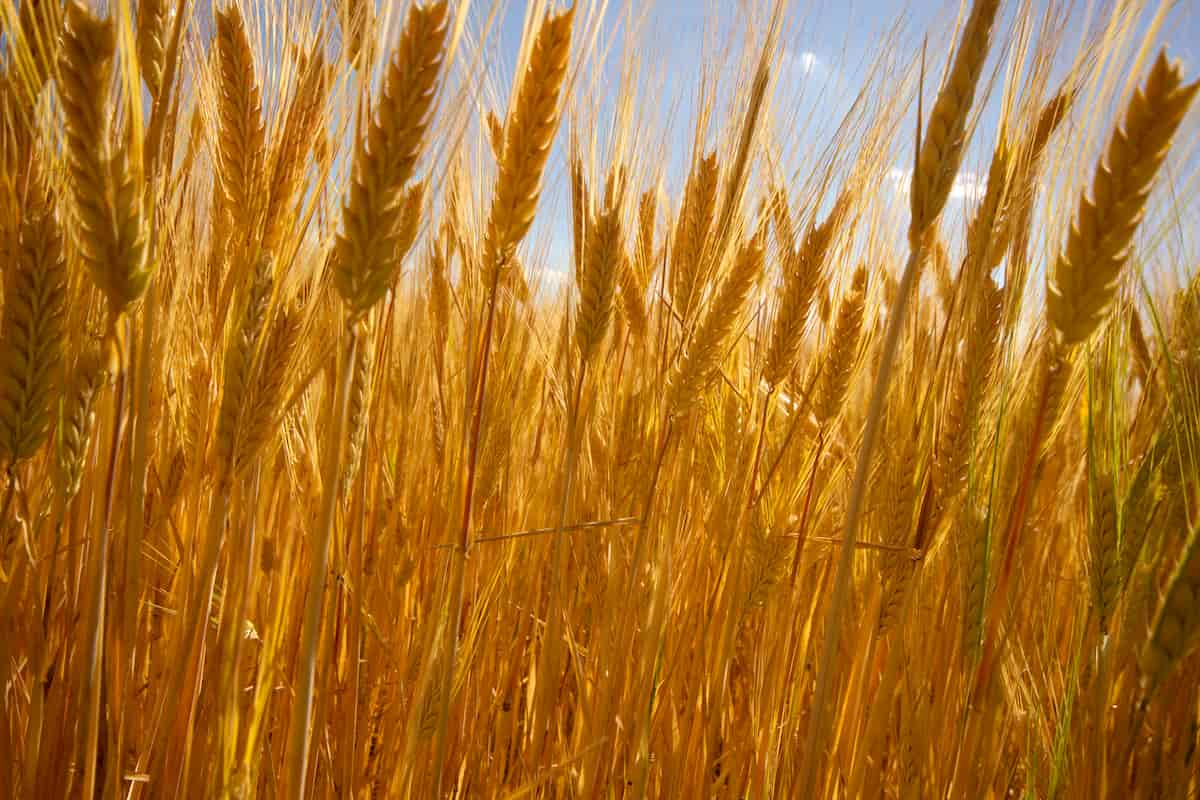Wheat farming is a significant agricultural activity in the state of Minnesota. Wheat is a versatile grain that plays a vital role in human nutrition, serving as the primary ingredient in products like bread, pasta, and cereals. With its high demand and favorable growing conditions in the region, wheat farming can be a profitable venture for farmers in Minnesota. This comprehensive guide will provide a step-by-step process for planting, cultivating, and harvesting wheat in Minnesota, considering the region’s climate, winter wheat planting dates, and growth stages.

How to Start Wheat Farming in Minnesota
Understanding Wheat Growth Stages
Before embarking on your wheat farming journey, it’s essential to understand the growth stages of wheat. The wheat growth cycle is divided into distinct phases, including germination, tillering, stem elongation, heading, flowering, grain filling, and maturity. Familiarizing yourself with these stages will allow you to make informed decisions regarding crop management, pest control, and harvesting.
Selecting the Right Wheat Variety
Minnesota is home to both winter and spring wheat varieties, which differ in their planting and harvesting times. Planting for winter wheat occurs in the autumn, with harvest occurring in the summer of the following year, whereas planting for spring wheat occurs in the spring, with harvest occurring in the late summer or early autumn.
To select the right wheat variety, consider yield potential, disease resistance, and local market demands. In Minnesota, both winter and spring wheat varieties are grown, with hard red winter wheat and hard red spring wheat being the most popular choices due to their high protein content and strong baking qualities.
Preparing the Soil
Proper soil preparation is crucial for your wheat crop’s successful establishment and growth. To get started, you should check the soil’s pH, nitrogen levels, and organic matter concentration using a soil test. This information will help you identify any necessary amendments or fertilizers. Wheat prefers well-drained, loamy soils with a pH between 6.0 and 7.0. Incorporate necessary amendments, such as lime or sulfur, to correct soil pH and apply fertilizers according to the soil test recommendations.
Climate of Minnesota for Wheat Farming
Minnesota’s climate is conducive to wheat farming, with cold winters and warm summers. Wheat can withstand a wide range of temperatures, making it suitable for growth in the state. However, extreme temperatures, drought, or excessive rainfall can negatively impact wheat production. Paying close attention to weather forecasts and adjusting planting dates or irrigation practices accordingly can help mitigate potential risks.
Winter Wheat Planting Dates
In Minnesota, winter wheat is typically planted between late September and mid-October. By planting at these times, a healthy root system may be established in time for the crop to become dormant for the winter. Planting sooner may help the crop become established before the onset of winter, which is especially important in locations with a shorter growing season or a greater risk of winter harm.
Planting Spring Wheat
Spring wheat is planted in Minnesota as soon as soil conditions permit in the spring, typically between late March and early May. Delayed planting can reduce yields due to shortened grain filling periods and increased exposure to heat stress during the summer. To maximize yield potential, ensure the soil is adequately prepared and planted as early as possible.
In case you missed it: How to Grow Wheat Grass in Greenhouse: A Step-By-Step Guide for Seed to Harvest

Seeding and Planting Depth
Seeding rates and planting depth are critical factors influencing wheat emergence, establishment, and yield potential. Minnesota’s recommended seeding rate for winter wheat is between 1.2 and 1.6 million seeds per acre, while spring wheat seeding rates range from 1.4 to 2.0 million seeds per acre. Adjust seeding rates based on germination rates, seed size, and planting conditions. Plant wheat seeds at 1 to 1.5 inches depth to ensure optimal germination and emergence.
Fertilization and Nutrient Management
Wheat requires adequate nutrients to achieve maximum yield potential and high-quality grain. Wheat requires mostly nitrogen, phosphate, and potassium for growth. To maximise nutrient effectiveness and minimise environmental repercussions, apply fertilizers by soil test recommendations and consider splitting nitrogen applications.
Irrigation Management
While wheat can be grown under dryland conditions, supplemental irrigation can help ensure consistent yields and grain quality, particularly during periods of drought. Monitor soil moisture levels and use an irrigation scheduling tool to determine the optimal timing and amount of water to apply.
Wheat typically requires 12-24 inches of water throughout its growing season, with higher amounts needed during critical growth stages such as tillering, stem elongation, and grain filling. Efficient irrigation scheduling and soil moisture monitoring can help ensure optimal water usage and crop productivity. Avoid overwatering, as excessive moisture can promote disease development and reduce grain quality.
Pest and Disease Management
Pests and diseases can significantly impact wheat yields and quality. Common pests in Minnesota wheat fields include aphids, armyworms, and cereal leaf beetles, while diseases such as Fusarium head blight, leaf rust, and powdery mildew can also pose threats. Use crop rotation, resistant cultivars, and timely scouting to reduce pest and disease burdens. Use chemical controls judiciously and according to label instructions when necessary.
Weed Control
Effective weed management is essential for maintaining high wheat yields and reducing competition for nutrients, water, and sunlight. Start with a clean seedbed and use pre-emergence and post-emergence herbicides as needed to control weeds. Consider incorporating mechanical weed control methods, such as cultivation or mowing, in conjunction with chemical control options.
Harvesting
Harvesting wheat at the optimal time is crucial for maximizing yield and grain quality. Wheat is generally ready for harvest when the grain moisture content is between 13% and 15%. Use the “pinch test” by squeezing a kernel between your thumb and forefinger to see if the crop is ready to be picked. If the kernel is hard and does not deform under pressure, it is likely ready for harvest. Use a combine harvester equipped with a grain platform or pickup header to harvest the wheat efficiently.
In case you missed it: How to Start Wheat Farming in the USA: Production Guide for Beginners

Conclusion
It is possible to run a wheat farming that is both lucrative and sustainable with the aid of careful planning, attention to detail, and a dedication to using best management practises. Wheat farming can be a rewarding and fruitful venture for Minnesota farmers with the right approach.
- Feed Your Flock for Less: Top 10 Tips to Save on Chicken Feed
- Ultimate Guide to Ossabaw Island Hog: Breeding, Raising, Diet, and Care
- Hatching Answers: The Top 10 Reasons Your Chickens Aren’t Laying Eggs
- Eggs and Economics: Breaking Down the Cost of Raising Backyard Chickens
- Defend Your Greens: Proven Methods to Keep Iguanas Out of Your Garden
- Ultimate Guide to Cinnamon Queen Chicken: A Comprehensive Guide for Beginners
- Ultimate Guide to California Tan Chicken: Breeding, Raising, Diet, Egg-Production and Care
- Ultimate Guide to Marsh Daisy Chicken: Breeding, Raising, Diet, and Care
- 10 Types of Chicken Farming Businesses You Can Start for Profits